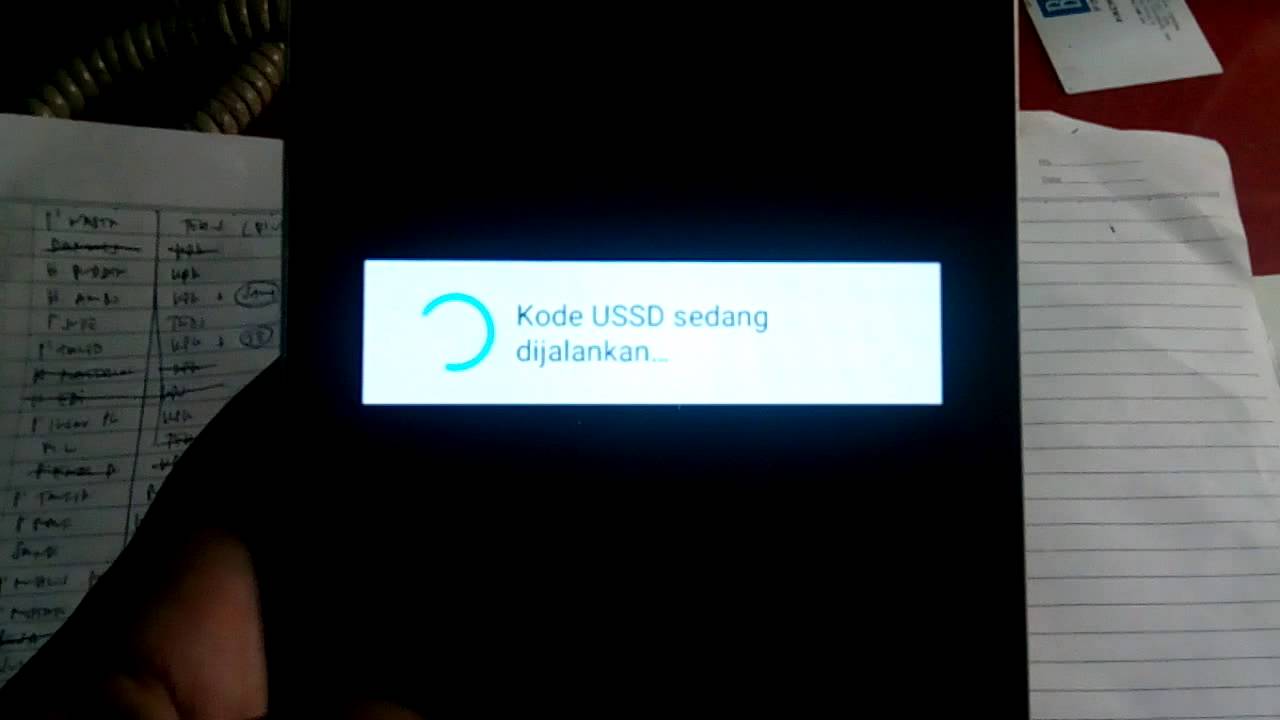

Padma Nadir Majhi, Putul Nacher Itikatha, Atashi Mami, Dibaratrir Kabya Kori Diye Kinlam, Ekak Dashak Shatak, Shaheb Bibi Golam Critical Care 2020 24: 389.Aloukik Jalajan, Nilkantho Pakhir Khonje, Manusher GharbariĪnandamath, Brishbikkha, Durgesh Nandini, Devi Choudhurani, Devadutta, Krishna Kanter Will, KopalkundalaĬhander Pahar, Pather Panchali, Aranyak, Apur Sansar, Debjan, Aporajito, Asani Sanket, Hira Manik Jwole Acute complications and mortality in hospitalized patients with coronavirus disease 2019: a systematic review and meta‐analysis. Potere N, Valeriani E, Candeloro M, et al. Venous thromboembolism in patients with COVID‐19: systematic review and meta‐analysis.

Porfidia A, Valeriani E, Pola R, Porreca E, Rutjes AW, Di Nisio M. Thrombosis risk associated with COVID‐19 infection. Research and Practice in Thrombosis and Haemostasis 2020 4: 1178–91.Īl‐Ani F, Chehade S, Lazo‐Langner A.

Risk of venous thromboembolism in patients with COVID‐19: a systematic review and meta‐analysis. Nopp S, Moik F, Jilma B, Pabinger I, Ay C. Proximal deep vein thrombosis and pulmonary embolism in COVID‐19 patients: a systematic review and meta‐analysis. Longchamp G, Manzocchi‐Besson S, Longchamp A, Righini M, Robert‐Ebadi H, Blondon M. Anaesthesia published by John Wiley & Sons Ltd on behalf of Association of Anaesthetists. Optimal venous thromboembolism prophylaxis and treatment are unknown in this cohort of patients, and these data should be interpreted accordingly.ĬOVID-19 SARS-CoV-2 deep vein thrombosis pulmonary embolism venous thromboembolism. Patients undergoing surgery with peri-operative or recent SARS-CoV-2 appear to be at increased risk of postoperative venous thromboembolism compared with patients with no history of SARS-CoV-2 infection. In patients with SARS-CoV-2, mortality without venous thromboembolism was 7.4% (319/4342) and with venous thromboembolism was 40.8% (31/76). Overall, venous thromboembolism was independently associated with 30-day mortality (5.4 (95%CI 4.3-6.7)). After adjustment for confounding factors, patients with peri-operative (adjusted odds ratio 1.5 (95%CI 1.1-2.0)) and recent SARS-CoV-2 (1.9 (95%CI 1.2-3.3)) remained at higher risk of venous thromboembolism, with a borderline finding in previous SARS-CoV-2 (1.7 (95%CI 0.9-3.0)). Postoperative venous thromboembolism rate was 0.5% (666/123,591) in patients without SARS-CoV-2 2.2% (50/2317) in patients with peri-operative SARS-CoV-2 1.6% (15/953) in patients with recent SARS-CoV-2 and 1.0% (11/1148) in patients with previous SARS-CoV-2. Information on prophylaxis regimens or pre-operative anti-coagulation for baseline comorbidities was not available. SARS-CoV-2 diagnosis was defined as peri-operative (7 days before to 30 days after surgery) recent (1-6 weeks before surgery) previous (≥7 weeks before surgery) or none. The primary outcome measure was venous thromboembolism (pulmonary embolism or deep vein thrombosis) within 30 days of surgery. Patients from all surgical specialties were included. We conducted a planned sub-study and analysis from an international, multicentre, prospective cohort study of elective and emergency patients undergoing surgery during October 2020. Since surgical patients are already at higher risk of venous thromboembolism than general populations, this study aimed to determine if patients with peri-operative or prior SARS-CoV-2 were at further increased risk of venous thromboembolism. SARS-CoV-2 has been associated with an increased rate of venous thromboembolism in critically ill patients.


 0 kommentar(er)
0 kommentar(er)
